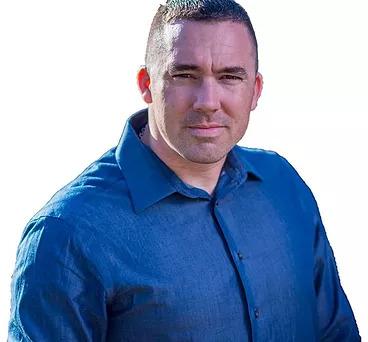Many people don’t immediately think of comics as being educational, but they can be one of the best ways to reach young people. One comic book artist has teamed up with an anti-human trafficking organization to educate kids about the dangers, and how to avoid them.
Dan Goldman first developed an interest in comics and graphic writing around age 5, and learned how to read partly by reading comics. In high school, Goldman was in a record store and stumbled upon a comic book series called “Love and Rockets.”






